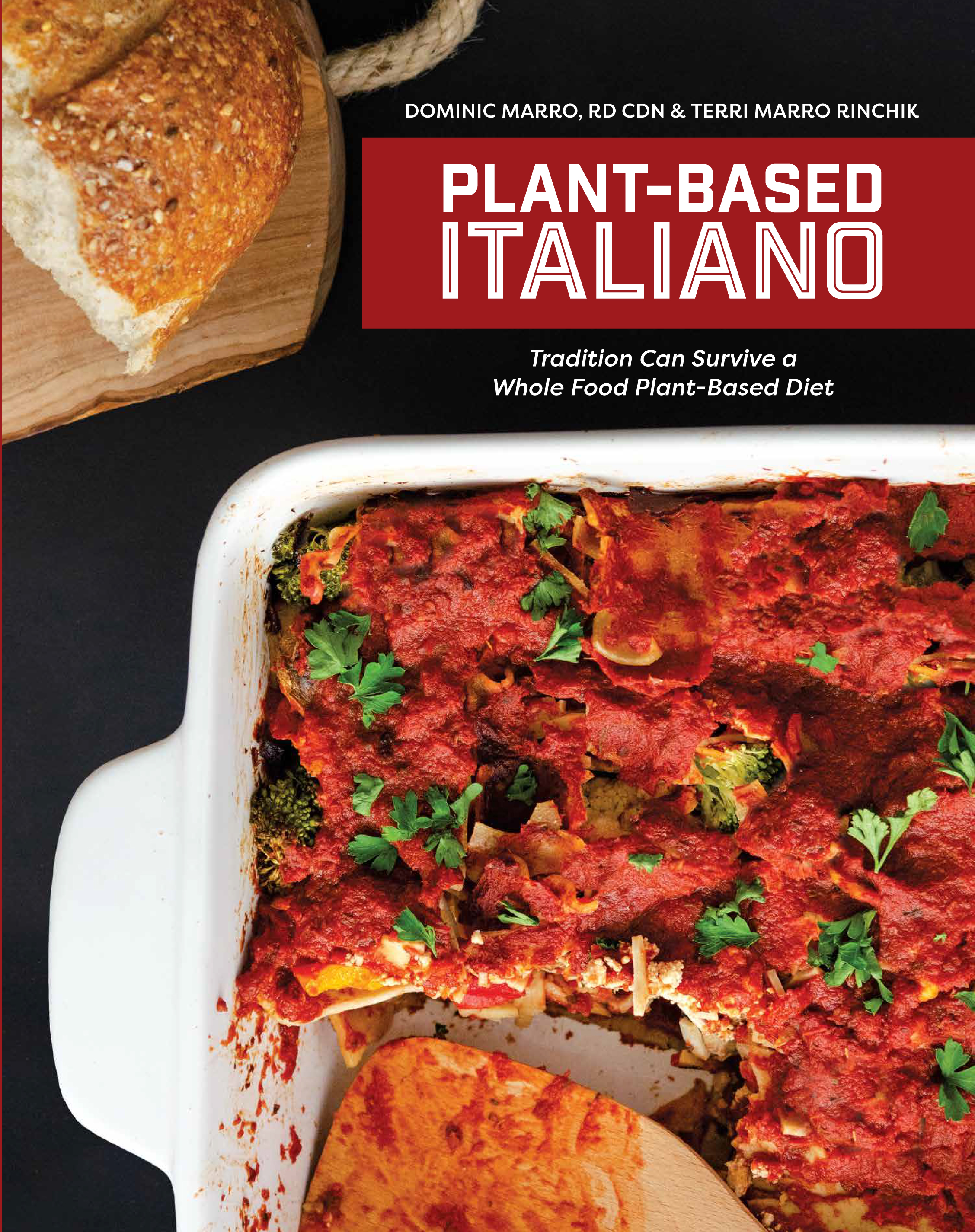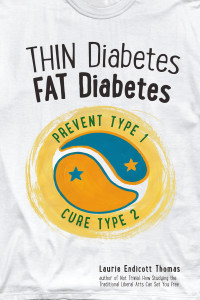The reason why so many Americans are overweight or obese is because they frequently eat foods high in calorie density. Many people consider pasta as one of these foods. This is a BIG mistake!
Calorie density is simply a measure of how many calories are in a given weight of food, most often expressed as calories per pound. The most calorically dense food that anyone can eat is oil. Any oil, including olive, canola and coconut oils, provide 4000 calories per pound. It is pure fat! Any food that contains 1800 calories per pound or more should be limited in your diet, especially if you are battling weight issues. Butter and Margarine are not good substitutes for oil. All of the calories from Butter and Margarine come from fat, but each contains some water so their calorie density is slightly less than that of oil. (~ 3200 calories per pound). They not only are very calorically dense foods, but they contain fats that are the most damaging to our arteries. So any food or meal that contains oil, butter and other added fats will be high in calorie density. Pasta in comparison, especially whole grain pasta, is a low calorie dense food.
The calorie density of whole grain pasta is ~ 560 calories per pound. Refined or “white” pasta is ~ 720 calories per pound. Whole grain pasta is a better choice than refined pasta for two reasons:
- It’s lower in calorie density than “white” pasta.
- Whole grain pasta also contains health promoting fiber and other nutrients that have been removed from refined pasta
Whole grain pasta has a similar calorie density as intact grains and starchy vegetables (ie. potatoes, sweet potatoes, corn etc…). These are foods you can eat quite liberally.
10 oz of cooked whole wheat pasta is quite a large serving size and contains 350 calories.
To help you realize that whole wheat pasta is quite a low-calorie dense food, here is how it compares to 10 oz. of some commonly eaten items:
- 10 oz. of McDonalds French Fries = 642 calories
- 10 oz. Part-Skim Mozzarella Cheese = 720 calories
- 10 oz of 90% fat-free- ground beef = 500 calories
Furthermore, the fiber in the pasta helps to fill you up more than the above foods. Most importantly, the pasta is essentially free of fat, saturated fat, trans fat and cholesterol.
Pasta is NOT a food that you have to give up.
The 2007 report from the American Cancer Institute and the World Cancer Research Fund recommended lowering the average calorie density of the American diet to 567 calories per pound. The calorie density of fruits and vegetables ranges from 60 – 420 calories per pound.
So a diet containing lots of fruits and veggies, intact grains, beans and pasta will be a very nutritious diet that is low in calorie density. (as long as you are not adding fats/oils, fatty foods and added sugar).
One way that I keep my pasta eating to reasonable levels is that I add it to my very large salad. I eat most of my veggies first and then look forward to finishing with the pasta and brown rice that I’ve added. It makes the pasta and rice more satisfying and there is less room in my stomach to overeat.
You can also eat your pasta with an oil-free tomato sauce. You can add your favorite veggies and beans for a nutrient packed meal that is low in calorie density and incredibly filling. You don’t have to worry about portion control when you are eating foods low in calorie density!
There are many brands of whole wheat pasta on the market now. Folks often tell me that they tried whole wheat pasta once and didn’t like it. I always encourage them to try other brands because there are significant differences in taste and texture among brands.
So if you are a pasta lover, you do NOT have to give it up on a WFPB diet. Actually, you can eat it quite often! Just remember that whole grain pasta is best.
Click Here if you’d like to learn why whole grain pasta and intact whole grains are much lower in calorie density than whole grain baked goods.






 E Excerpt from Laurie Endicott Thomas’s amazing book Thin Diabetes – Fat Diabetes by clicking here!
E Excerpt from Laurie Endicott Thomas’s amazing book Thin Diabetes – Fat Diabetes by clicking here!
Speak Your Mind